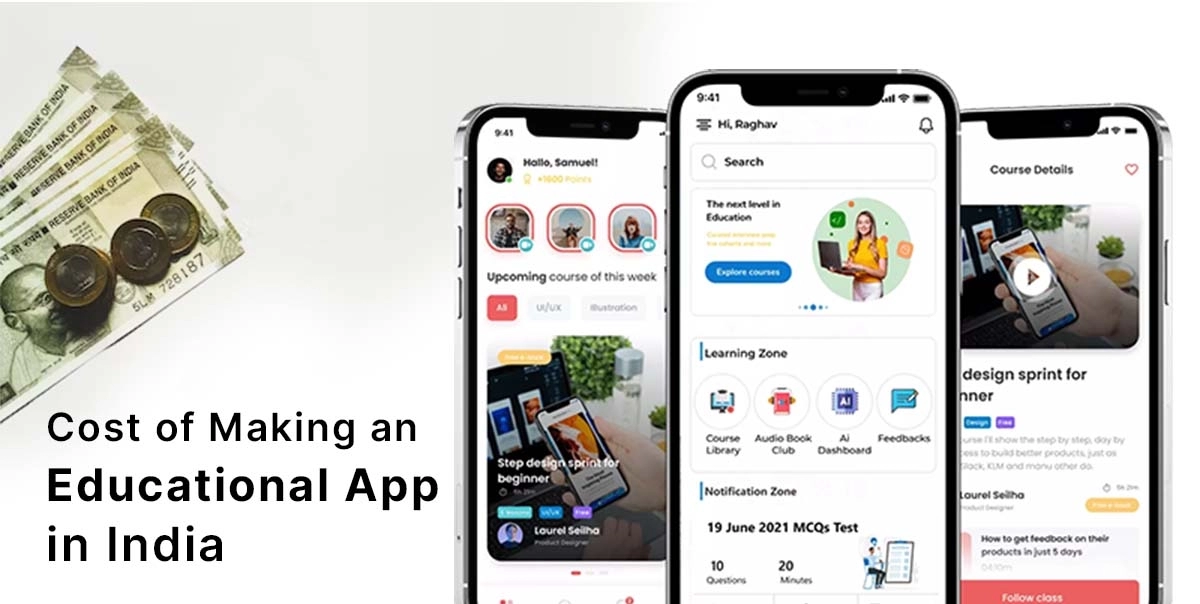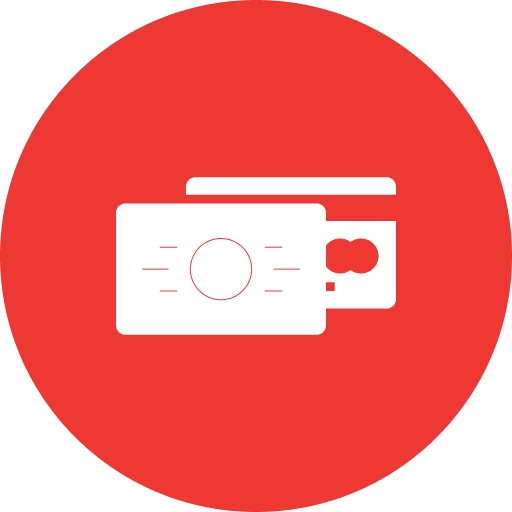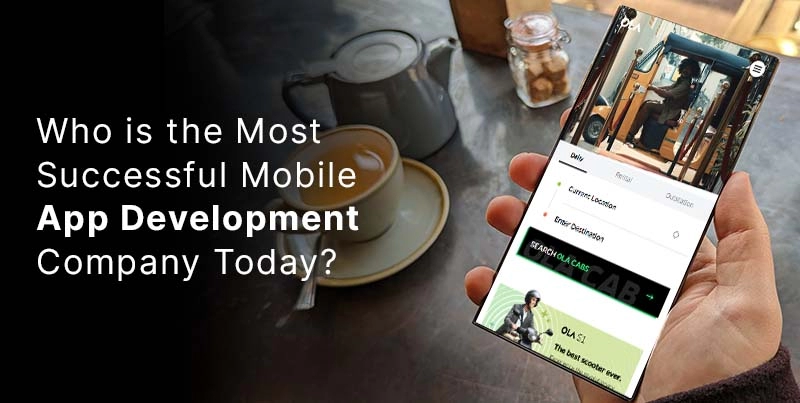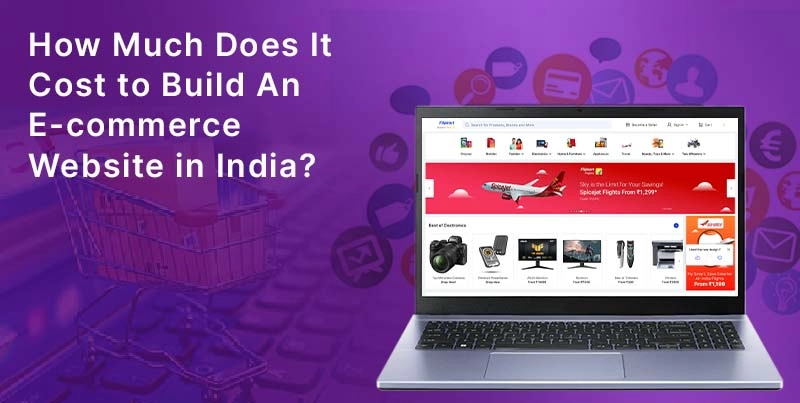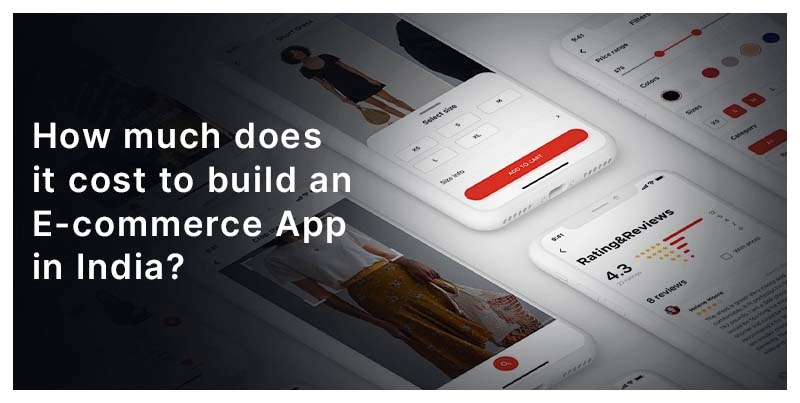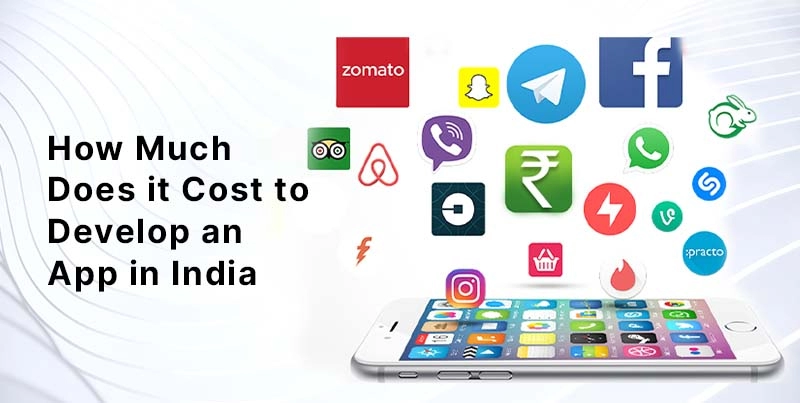Importance of UX/UI in Graphic Design: How Graphic Design UX/UI Shapes User Experience and Business Success

Posted By : Ambesh Mishra, Posted Date : Aug 24, 2024
The Role of UX/UI in Graphic Design
Today, more than ever, the role of graphic design UX/UI has never been this important. The major concern of success in every website, application, or any other digital platform depends entirely on how the user relates to it. Such an interaction is often determined by design and usability, in which case UX/UI in graphic design features quite overwhelmingly.
Table of Contents
What is UX/UI in graphic design?
Before one delves deep into the reasons behind the importance of UX/UI in graphic design, let's look into what even those terms mean. UX means user—a person's feelings when using or interacting with a system or product. UI is the space where human-machine interaction takes place. Together, UX in graphic design and UI make products not only beautiful but also user-friendly.
Why does graphic design UX/UI matter?
There are so many points given below that explain why graphic design (UX/UI) matters:
Improves Satisfaction
The ultimate purpose of graphic design UX/UI is to make users happy. A well-designed interface will deliver a nice experience to the user, which in turn increases the chances of revisiting the same site again. When navigation on a website or an app is user-friendly, customers can get the information they need in less time and with minimal hassle. This satisfaction is then translated into loyalty, revisits, and even recommendations.
Increases Accessibility
A key aspect of the user experience in graphic design is accessibility, i.e., the practice of designing for all including those who are differently abled. This results in an all-inclusive product. if the designers keep in mind the needs of the various users, enhance the user experience, and extend the reach of the product.
Fewer errors
Good graphic design user experience helps a lot in reducing the possibility of user errors. An intuitive user interface fosters an environment in which a user makes fewer mistakes. A tremendous advantage can thus be gained for applications in which errors can be extremely time- and resource-consuming. Clear instructions, logical layouts, and well-designed elements enhance the overall ease of the user journey.
Develop Trust
Trust is an essential factor in success with digital products. A user who gets lost in an interface may start distrusting the nature of the product or service. In well-designed UX/UI graphic design, users trust the product not because they have seen it but because their experience with it is very coherent, predictable, smooth, and intuitive, leading them to believe in it. Users are likely to interact often with the product when they establish that they can have a confident and well-felt interaction with the digital product.
The Role of Visual Elements in UX/UI
Visual elements play a very important part in user experience design within graphic design. Colors, fonts, pictures, and layouts help to give the user a feel for the product. Below is how these elements come into play in graphic design UX/UI.
- Color: The colors elicited may bring emotions to the user and dictate the action they undertake. For example, a red button may mean urgency, while a green button may mean approval. Picking the right color scheme is key to a user's positive attitude.
- Fonts: Simple, clean fonts often work best for usability, so the choice of font can affect readability and the overall feel of the design to make sure the user can read and interact with the content.
- Images: The images complement the design further but do not create a distraction set against the primary core content. They should be relevant and aggregate value in terms of the message or purpose of such a design.
- Layout: A good design layout aids the user in gaining access to information quickly. Proper spacing, alignment, and grouping of elements assure cogent logic flow and good usability.
Importance of Good UX/UI to Business
Interestingly, UX/UI in graphic design does not address user satisfaction as the sole issue, but its colossal business consequences. The following are some of the ways it does so:
- Maximum Conversion Rates: A well-designed interface maximizes user satisfaction through highly promoted maximum conversion techniques. Users who feel they are using a user-friendly product will more easily avail of the desired offers. For instance, they will conveniently buy a product or avail themselves of a service by signing up through a particular interface.
- Lowers Development Costs: Investing in graphic design UX/UI fairly early in the development process could save costs in the long run because a well-thought-out design really excludes the need for expensive redesigns or fixes further along.
- Better Customer Retention: Users who had a great experience with a certain product are more likely to return. A well-designed user experience keeps customers engaged and loyal throughout.
- Positive Brand Image: A product with proper UX/UI in graphic design would reflect well on the brand. It would showcase that this company cares for its customers, and their priority lies in providing a quality experience.
The Balance Between Aesthetics and Functionality
Graphic design UX/UI is a pretty challenging area for designers in terms of balancing the aesthetics and functionality of the product. Undoubtedly, it is an appealing design that captures users' attention and creates a positive impression. But, on the other hand, too much beauty kills practicality. For example, an overstuffed decoration interface would be beautiful but would surely confuse the users in terms of navigation and looking for the required information. On the other hand, a minimalist design will give a very sleek look and feel of modernity but peeling off too many interactive elements will leave a user scratching his head regarding how he is supposed to use the product effectively.
The challenge for designers is to come up with a design that will please the eye and, at the same time, be very functional. This means that each visual element needs to serve a purpose: guiding users intuitively through an interface without overdosing on information or confusing elements. In this balanced design, users can enjoy the aesthetic values without any sacrifice on usability, leading to much more satisfactory and effective user experiences. This balance, in the final analysis, is what creates a product that both looks good and is easy to use.
UX/UI in Graphic Design: A Continuous Process
Note that graphic design UX/UI is, by no means, a one-off. As much as the user's needs and technology keep changing, so should the design. It is in such continuous testing, feedback, and iteration that these utmost values, in a very concrete sense, maintain higher standards of user experience. Designers need to always stay on top of the latest information and best practices to ensure the designs they create are relevant and functional.
Conclusion
So, in graphic design, UX/UI contains the real weight. A great interface is good for user satisfaction and, at the same time, develops trust, which directly impacts the business. In this balance, the participants get products that look good and provide a great experience for users. With the advancement of technology, graphic design UX/UI is going to keep playing an essential role in the success of digital products.

